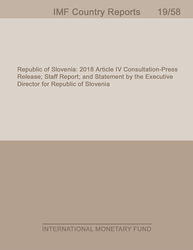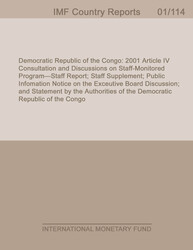
Philippines: 2014 Article IV Consultation-Staff Report; Press Release
KEY ISSUES Context. Growth remains rapid, but has moderated from the 7¼ percent recorded in 2013. Remittances and accommodative monetary and financial conditions remain the primary growth drivers, despite volatile capital flows, slowing activity in the region and severe natural disasters. Inflation has picked up to over 4 percent, while the current account remains in surplus. Local financial markets were moderately impacted by the Fed's "taper talk and action," weakening the peso and equity prices. Credit growth has quickened, especially to construction. Potential growth has risen to about 6?6¼ percent. However, persistent weakness in the business climate is a risk to sustained growth and hinders job creation. Foreign ownership restrictions, inadequate infrastructure and high doing-business costs have held back overall investment and employment. Along with frequent natural disasters, this has kept poverty elevated, thereby sustaining outward migration. Outlook and risks. Normalizing financial conditions are forecast to ease growth to 6?6½ percent over the medium term, while keeping inflation within the band and moderating the current account surplus. Abrupt changes in global financial conditions and a sharp growth slowdown in EMs are among the external growth risks. On the domestic front, excessive flow of real and financial resources to the property sector could increase volatility of asset prices and GDP growth over the longer run. Policy recommendations. A more restrictive policy stance is needed to preserve macro- financial stability, with rebalancing of the mix to allow higher public investment spending, while implementing reforms to sustain vibrant growth and make it more inclusive: • Absorbing liquidity and raising official interest rates would address second-round inflation effects and potential overheating and financial stability risks. Allowing the exchange rate to adjust more fully to structural inflows, while smoothing the effect of cyclical flows, would limit further sustained reserve buildup. • Addressing specific risks from real estate and large credit exposures requires further targeted measures and broadening the BSP's mandate to include financial stability. This would help prevent diversion of systemic risk to shadow banking and strengthen tools to manage risks from deepening cross-border financial integration. • Raising the fiscal deficit from below 1½ percent of GDP in 2013 to 2 percent of GDP in 2014 to accommodate reconstruction spending should be accompanied by tighter monetary and financial conditions. Mobilizing sizable additional stable revenue would ensure room for structural spending priorities while preserving fiscal prudence. • Improving the investment climate by relaxing foreign ownership limits, reducing red tape, limiting tax holidays, and reducing labor and product market rigidities would enhance competition, support PPP execution and create employment opportunities within the Philippines.
Publication date: August 2014
ISBN: 9781498353052
$18.00
Add to Cart by clicking price of the language and format you'd like to purchase
Available Languages and Formats
| English |
Prices in red indicate formats that are not yet available but are forthcoming.
Topics covered in this book
This title contains information about the following subjects.
Click on a subject if you would like to see other titles with the same subjects.
Money and Monetary Policy , International - Economics , Public Policy ,
Also of interest
Summary
Copyright © 2010 - 2025
Powered by:
AIDC



